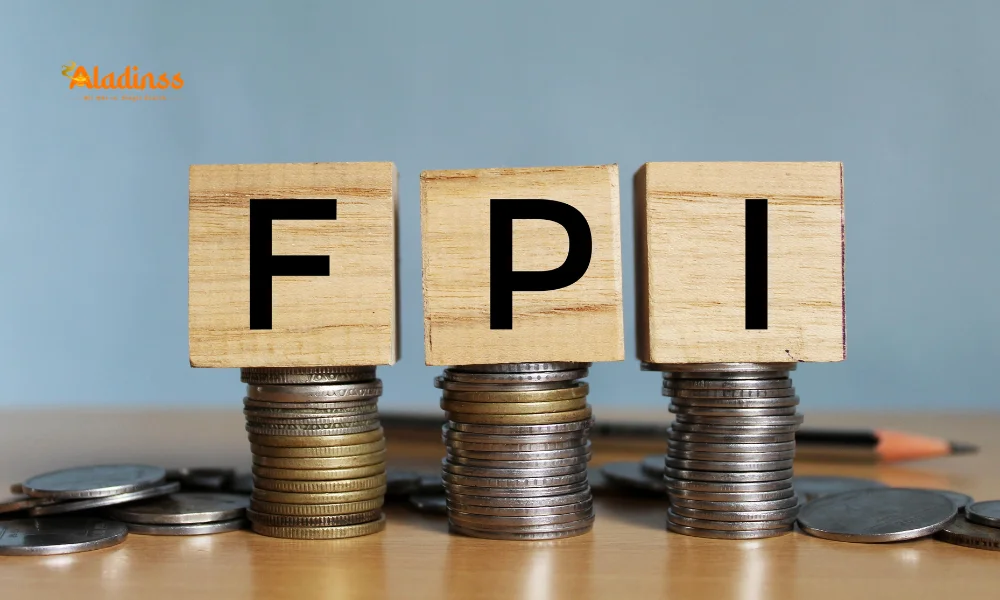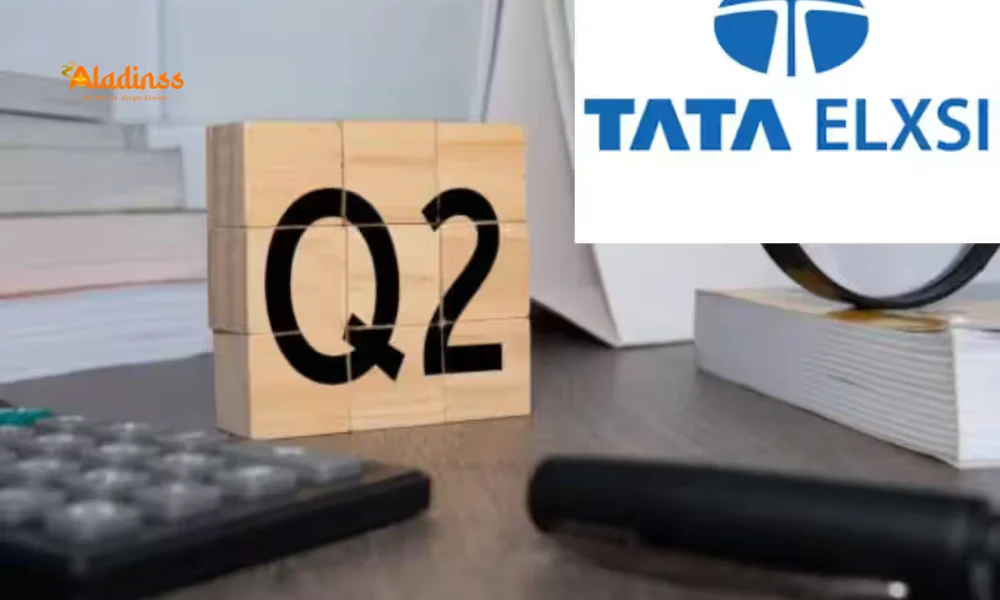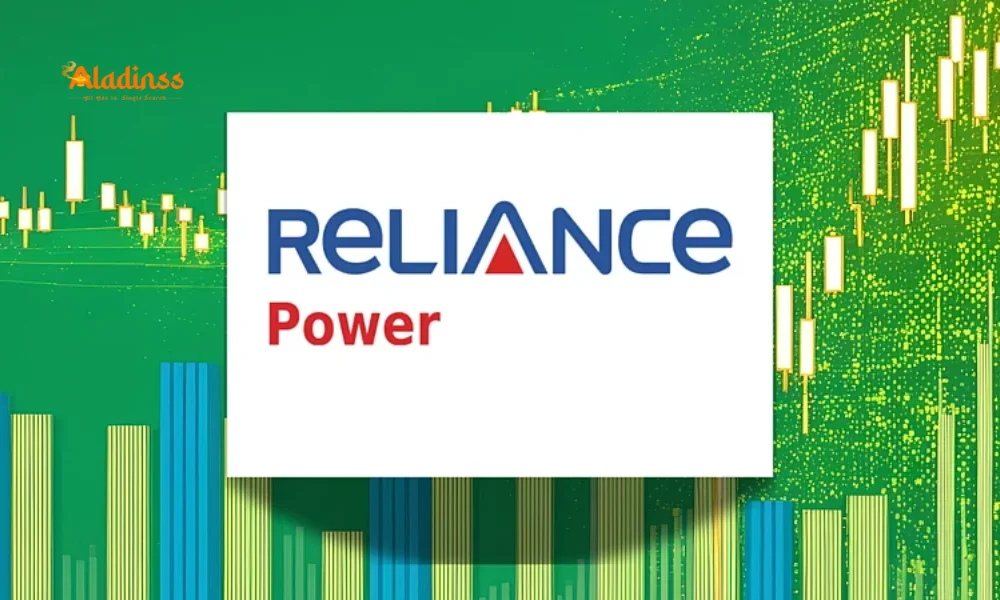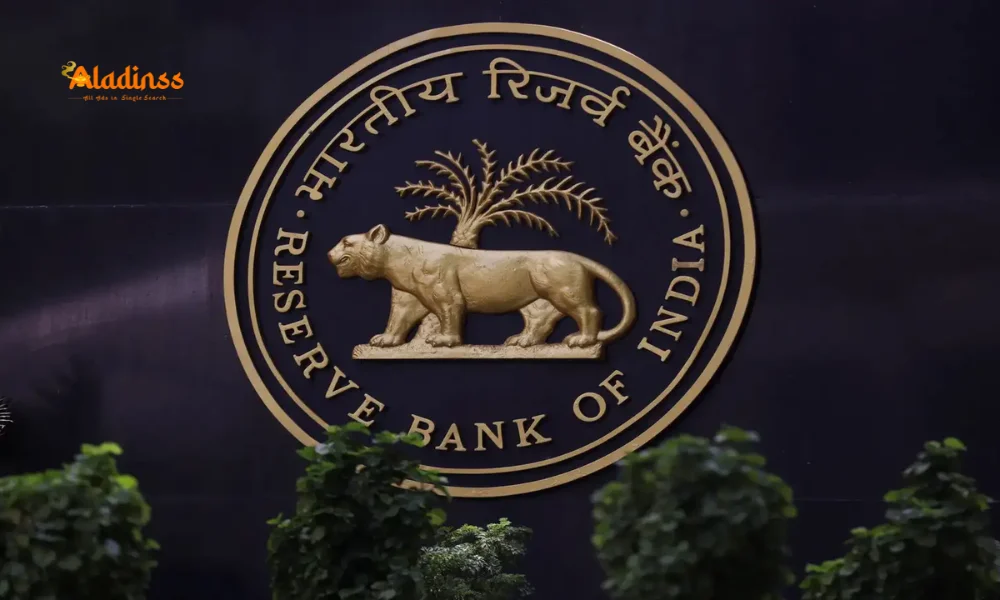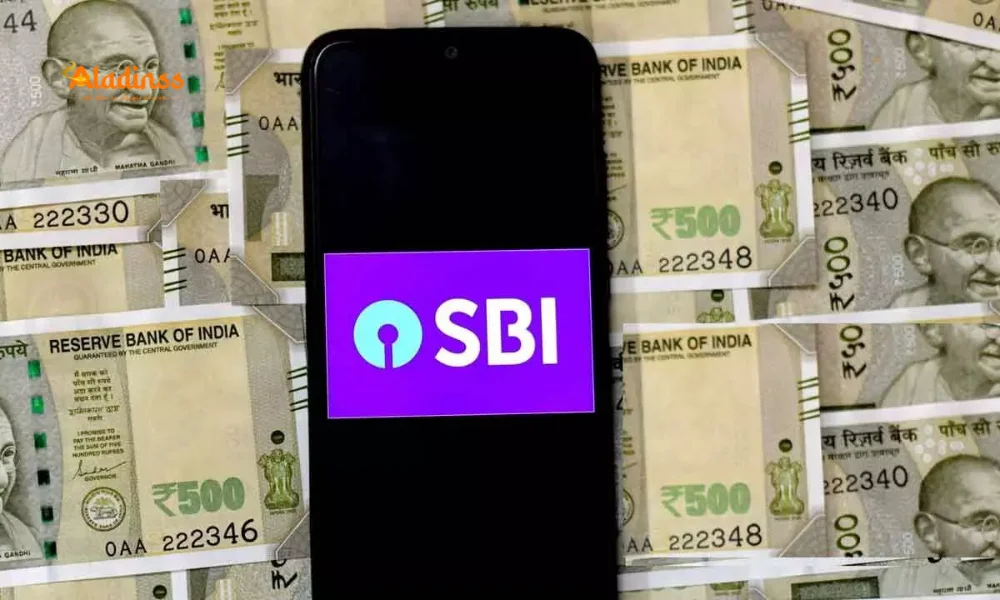Bonds Carry Low Inflation: Invest Now?

Bonds in Low Inflation: Lock in Attractive Carry Now
With inflation hovering at historic lows and the government's borrowing calendar providing transparency, bonds present a compelling case for investors seeking stable returns in today's market. This bond carry in low inflation analysis explores why current yields offer a rare window to secure reliable income streams, even as short-term price swings occur. Experts anticipate the 10-year benchmark yield to stabilize between 6.50% and 6.70% over the next half-year, barring unexpected RBI rate adjustments, making it an opportune moment to build fixed-income portfolios.
The fiscal roadmap for H2 FY26 outlines ₹6.77 lakh crore in dated securities across maturities from 3 to 50 years, emphasizing 5-, 10-, and 15-year segments while dialing back ultra-long issuances. This disciplined approach aligns with deficit targets, minimizing slippage risks despite potential GST dips, and supports a balanced supply that caps aggressive yield rallies. In this environment, bonds' inverse price-yield dynamic favors holders, as any temporary dips from auctions are likely to rebound amid steady demand.
For retail participants, the real allure lies in "carry"—the yield earned from coupons relative to cost—delivering inflation-beating income with muted volatility compared to equities. As CPI lingers above 2%, locking in mid-6% nominal returns translates to 4-5% real gains, outpacing bank FDs' post-tax yields.

Decoding Carry: The Steady Income Edge in Bonds
In bond parlance, carry denotes the net return from holding an instrument, primarily via periodic coupon payments, offset against funding costs. At prevailing highs, a 10-year G-Sec at 6.5% yield guarantees that annualized payout, insulating against interim fluctuations if held to maturity. This bond carry strategy shines in low-inflation regimes, where real yields amplify, offering a buffer against equity downturns or deposit rate compressions.
Saurav Ghosh, Co-founder of Jiraaf, notes that without RBI cuts, yields will hover narrowly, allowing investors to harvest coupons while positioning for potential capital appreciation on softening rates. Harsimran Sahni from Anand Rathi Global Finance echoes this, highlighting shorter-end securities' appeal for conservative profiles, yielding 6.25-7.25% with minimal credit exposure.
Illustratively, a ₹10 lakh allocation to a 5-year AAA corporate at 7.25% generates ₹72,500 annual pre-tax income, trumping FDs' 6.5% while affording liquidity via secondary markets. Post-inflation (2%), this nets 5.25% real, underscoring bonds' role in diversified nests.
Also Read: Tokenized Stocks: Crypto vs Wall Street War
Government Borrowing Outlook: Stability Amid Supply
The Union's H2 FY26 calendar, pegged at ₹6.77 lakh crore, prioritizes mid-tenors to match liability profiles, curtailing long-end supply that once pressured yields. This calibrated issuance, synced with 4.9% deficit goals, fosters confidence, limiting upside surprises even if GST collections soften from e-commerce shifts.
Tushar Sharma of Bondbay forecasts confinement in the 6.50-6.70% band, buoyed by domestic growth (7% GDP) and global anchors like stable US Treasuries (4.2%) and oil ($75/barrel). Fiscal prudence—capped capex at 3.4% GDP—curbs slippage fears, enabling auctions to absorb without spikes.
For investors, this translates to predictable environments where carry accrues steadily, with SDLs at 6.90% and AAA corporates at 7.25% offering spreads over G-Secs. Abhishek Bisen from Kotak Mahindra AMC advises against waiting for cuts, as new issuances will coupon lower in easing cycles.
Yield Projections and Influencers
Key drivers shape the horizon.
- Domestic: CPI at 2.1%, RBI repo 6.5%.
- Global: Fed funds 4.75%, Brent crude steady.
- Fiscal: Deficit adherence, capex moderation.
Collectively, they anchor stability, favoring carry plays.
Investment Avenues: From Direct G-Secs to Mutual Funds
Retail entry points abound, suiting varied horizons. Direct G-Secs via RBI Retail Direct or brokers lock 6.55% for 10-years, with non-competitive bidding easing access. SDLs yield 6.90%, diversifying across states for added safety.
Corporate bonds, via OBPPs like BondsIndia, offer 7.25% on AAA paper, with spreads compensating minimal credit risk. Manish Banthia of ICICI Prudential AMC touts dynamic bond funds for macro agility, adjusting durations amid neutral stances.
Target Maturity Funds (TMFs) mirror laddered G-Secs, maturing in 3-5 years at 6.8-7.2%, ideal for set-it-forget-it strategies. Kaustubh Gupta from Aditya Birla Sun Life AMC favors tactical duration extensions, capturing cuts' upside.
Tailored Options by Profile
Match to needs for optimal fit.
- Conservative: Short-duration funds, 6.25% carry.
- Moderate: TMFs, 3-7 year locks.
- Aggressive: Dynamic funds, rate bet.
Tax efficiency favors debt MFs for LTCG indexing.
Risks and Rewards: Navigating Bond Volatility
Upsides gleam: coupons yield 4.5% real, with cuts potentially adding 5-7% capital gains on durations. Downsides lurk in rises from slippage or oil shocks, denting marks-to-market for early exits. Liquidity varies—G-Secs trade fluidly, corporates less so, per Ghosh.
Sahni advises maturity matching to reinvestment risks; short-ends buffer hikes, longs amplify falls. Diversification via funds mitigates, blending SDLs and corporates for 50bps spreads.
Overall, in low-inflation calm, rewards outweigh for horizons over 2 years, blending income with ballast.
Expert Verdict: Seize the Carry Window
Consensus tilts bullish: "Sweet spot" per Sharma, with 4.5% real yields trumping FDs. Bisen warns of future compressions, urging pre-cut locks. Gupta's tactical call eyes duration bets for 2026 inflows.
Sahni favors retail direct for G-Secs/SDLs, MFs for ease. Ghosh stresses auction absorptions, reversing dips.
In sum, bonds beckon: carry's call in calm seas, a prudent port for prudent purses.
Comment / Reply From
No comments yet. Be the first to comment!
